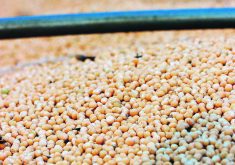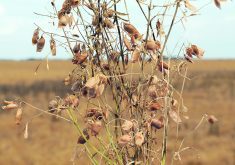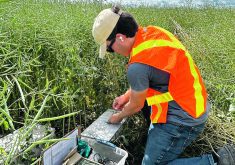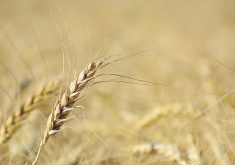BLENHEIM, Ont. — Francis Glenn scored a coup when he released the world’s first leafy corn varieties more than 20 years ago.
That achievement and more recent silage corn breeding advances will be recognized in July at the annual meeting of the Canadian Seed Trade Association in Windsor, Ont., where Glenn is slated to receive the Canadian Plant Breeding and Genetics Award.
Glenn followed his leafy corn releases with “floury” leafy corn lines with enhanced levels of readily digestible starch.
This year, Glenn’s “full-floury” leafy corn will be evaluated by farmers in New York state and Wisconsin.
Read Also
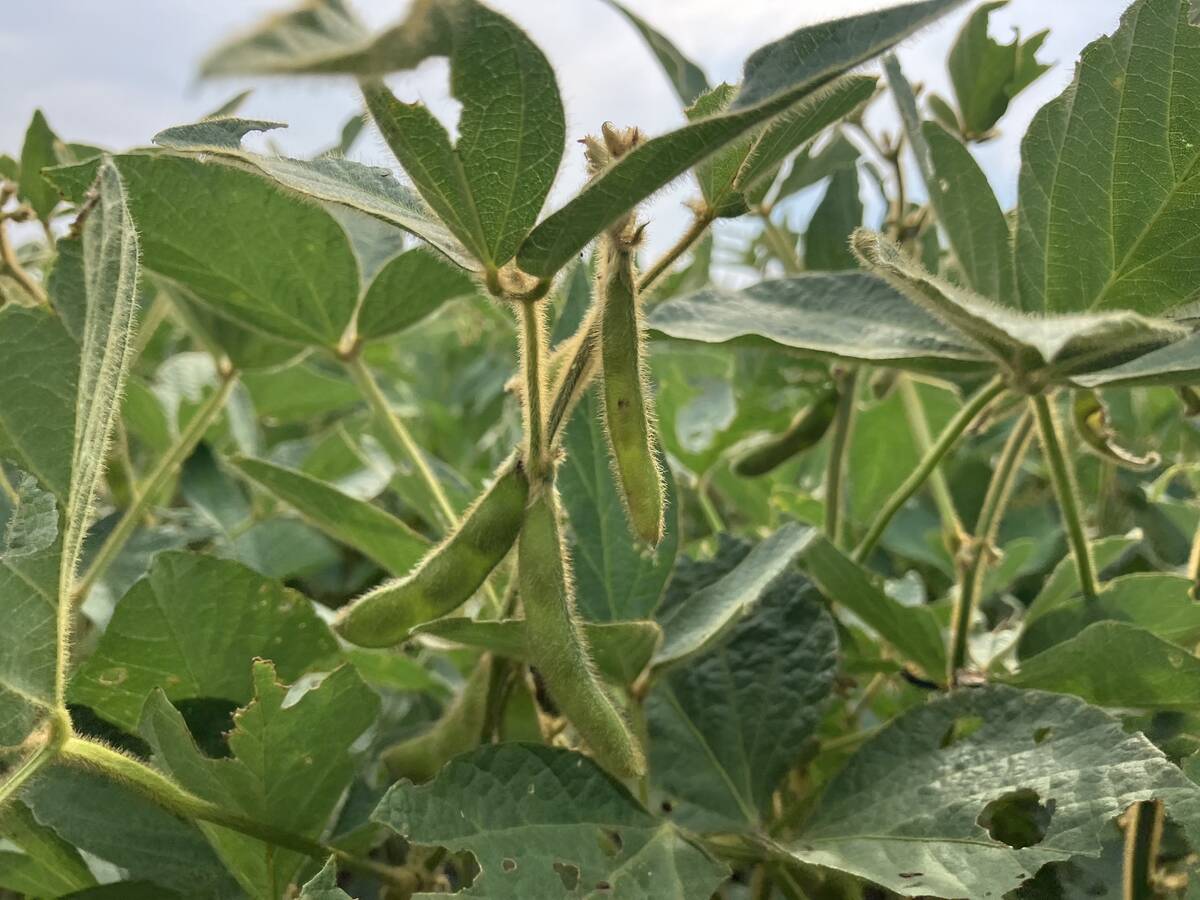
Soybean market still figuring out implications of China-U.S. pact
Soybean futures had a muted reaction to the U.S. trade deal with China as the market tries to figure out the nuances of the deal.
“It’s to be our next entry into the marketplace,” the Chatham-Kent plant breeder said.
Leafy corn varieties — regular and floury — have a 20 percent share of the silage corn market in North America. They have larger leaves and more leaves above the top ear, are taller and drought tolerant, should be planted at a lower population, have a longer window for harvest and produce higher overall yields with high grain content than the “dual-purpose” grain varieties, Glenn said.
The other important difference relates to the starch content of the kernels.
Dent corn, including the dual-purpose varieties, was developed for the grain. The hard or vitreous starch content, which is the outer part of the kernels, is thick, which allows the corn to be harvested as grain with intact kernels. However, there’s less room for the floury or soft starch content inside the kernels.
Leafy and floury corn have more of the inside soft starch, and full-floury corn has even more. This soft starch is readily digested by ruminants because of the small particle size.
As well, there’s no concern for kernel integrity because the corn is harvested as silage.
In fact, the lack of kernel integrity is a positive for the ensiling process. The period the corn needs to be stored following harvest is shorter.
“We’ve worked hard to determine what silage producers need for the greatest profitability,” Glenn said.
“Our goal is to make a starch that’s more digestible in the rumen of cows because that makes milk.”
Glenn’s strategy in the silage corn market has been to advance his leafy lines.
A major competitor to leafy types is brown midrib corn, which has a decided advantage when it comes to fibre digestibility.
Others have made the attempt, but Glenn did not seriously consider combining the brown midrib and leafy traits.
What gives brown midrib corn its advantage also contributes to its weak stalk strength. That would become even more of a liability if combined with the leafy trait, which would increase the likelihood of lodging.
Glenn said his interest in leafy corn began in the late 1970s when Bob Muirhead spotted a rouge plant in an Illinois field. Another early developer was the late Don Shaver of California, who performed the work to have the trait patented.
Glenn’s interest began when he was at the University of Guelph earning his doctorate. He was one of several pursuing leafy corn’s silage potential but, unlike the others, he stuck with it.
“With leafy corn, it can take many years of inbred ‘selfing’ to get something pure,” he said.
Glenn operates Glenn Seed Ltd. near Blenheim, Ont., with the support of family members and two full-time employees.
The business develops the inbred lines that other companies propagate. Its leafy corn varieties are sold throughout North America and around the world.
Glenn said he’s always had an interest in supporting the dairy industry.
“Plant breeding is my hobby as well as my profession. I’m intensely interested in it,” he said.
“I was raised on a dairy farm and I liked the dairy animals on our farm. I just didn’t like milking them.”
Plant breeding requires patience, a strong work ethic and keen observational skills, Glenn said.
“It’s the base genetics that are a really important to breeding. The (genetic modification) traits are about production convenience.”
Glenn said genetic modifications for insect resistance and herbicide tolerance have provided farmers with the means to focus on a narrow set of crops. However, consideration should be given to other aspects of management, such as rotation, he added.
“It is necessary to have an ecosystem in order to have a future, and rotation is a big part of that.”





